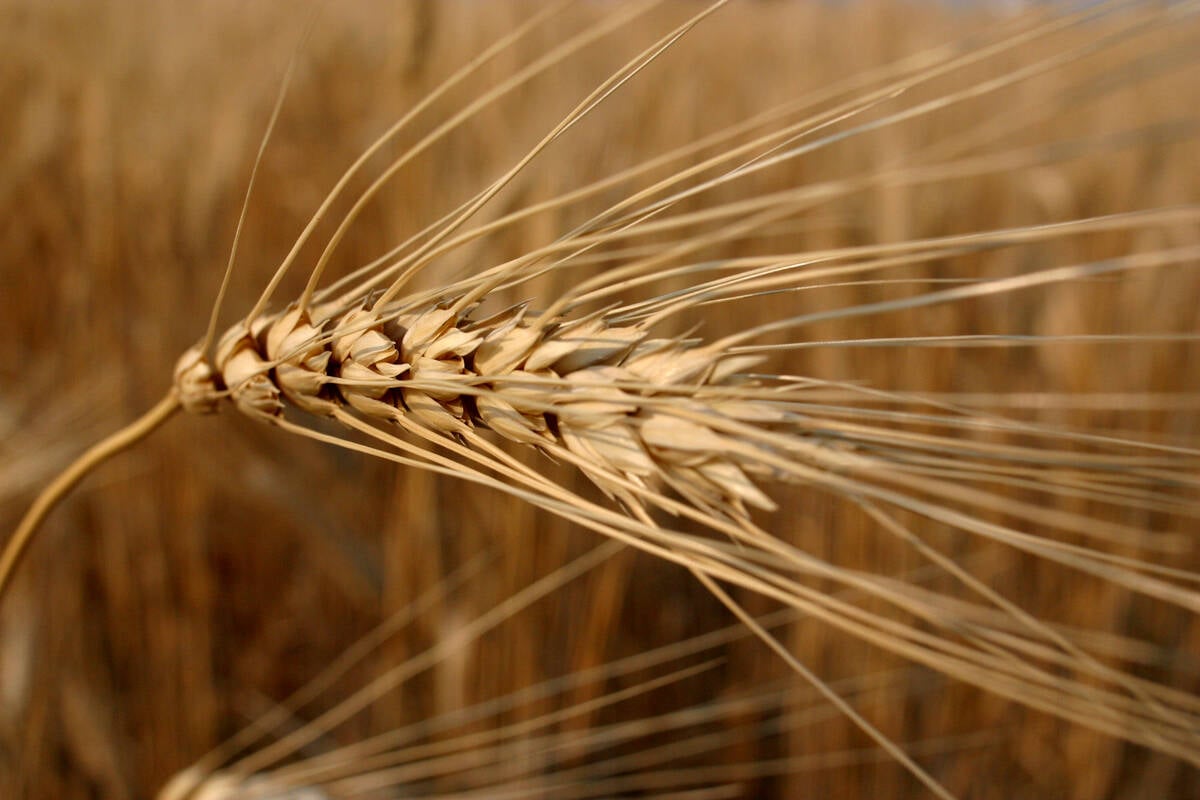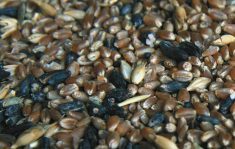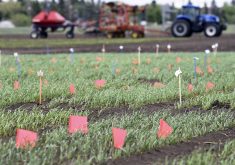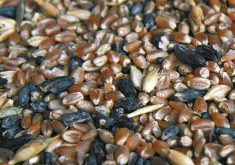Better disease resistance with new durum varieties could spark increased interest among Manitoba producers, according to Manitoba Agriculture cereal specialist Anne Kirk.
“I do think that we are seeing more durum being grown,” Kirk said. “I anticipate we will see some increased interest in durum with these newer, better varieties that are being released.”
WHY IT MATTERS: New ergot-resistant durum varieties could open doors for more Manitoba production while addressing Canadian export quality issues.
Read Also

Seeding Indigenous agricultural prosperity
National Circle for Indigenous Agriculture and Food says Indigenous agricultural success needs strong relationships.
Manitoba isn’t exactly known for its durum production. According to Statistics Canada, Manitoba producers brought in 24,100 acres (9,800 hectares) worth last year, producing about 35,588 tonnes.
That’s a fraction of the rest of the Prairies. Saskatchewan alone harvested 5.11 million acres (2.07 million hectares), good for 4.48 million tonnes, while Alberta produced 1.29 million tonnes off of 1.17 million acres (475,400 hectares) in the same year.
Wetter conditions in the eastern Prairies, and the disease risk and associated quality concerns that comes with them, are a big reason for that divide. Mycotoxin-causing infections like fusarium and ergot are of particular concern, and Manitoba producers tend reach for less susceptible spring wheat varieties.
AAC Frontier enters the game
New genetics highlighted at the Ag in Motion farm show in Langham, Sask., July 15-17, looks to close that susceptibility gap.
AAC Frontier is being pitched as Canada’s first even ergot-resistant durum variety. It also brings intermediate resistance to fusarium head blight, as well as resistance for stem and stripe rust.
It was developed at Agriculture and Agri-Food Canada’s Swift Current station, under the guidance of lead breeder Yuefeng Ruan, and was officially registered last year. Commercial rights for the variety currently fall under SeCan.
“When talking to durum producers, they would say that (after) fusarium, ergot would be the No. 2 downgrading factor in durum wheat,” said Todd Hyra, SeCan’s business manager for Western Canada.
The variety is currently in the seed multiplication stage of full commercialization. Seed growers in southern Saskatchewan and Alberta have it growing, Hyra says, and its currently on track for commercial release in 2027.
Better genetics, same area
Even with a better disease package though, Kirk doesn’t expect that durum will suddenly explode to areas around the province.
More likely, she said, durum production will stay concentrated in the drier, southwest portion of Manitoba.
Trade assistance
Looking past Manitoba’s interest, the advent of better disease resistance may help Canadian durum growers on the world stage.
Moroccan grain processors, who buy Canadian durum wheat for couscous, prioritize the colour of imported grain.
Rachid Chamcham of the Federation Nationale De La Minoterie (National Millers Federation) in Morocco made that point during the 2025 Durum Summit in Swift Current this winter
“Moroccan millers look for semolina that boasts a vibrant, golden yellow colour — a hallmark of high-quality durum wheat,” Chamcham said.
“This is why they (millers) prefer Canadian amber durum wheat, particularly CWAD No. 1.”
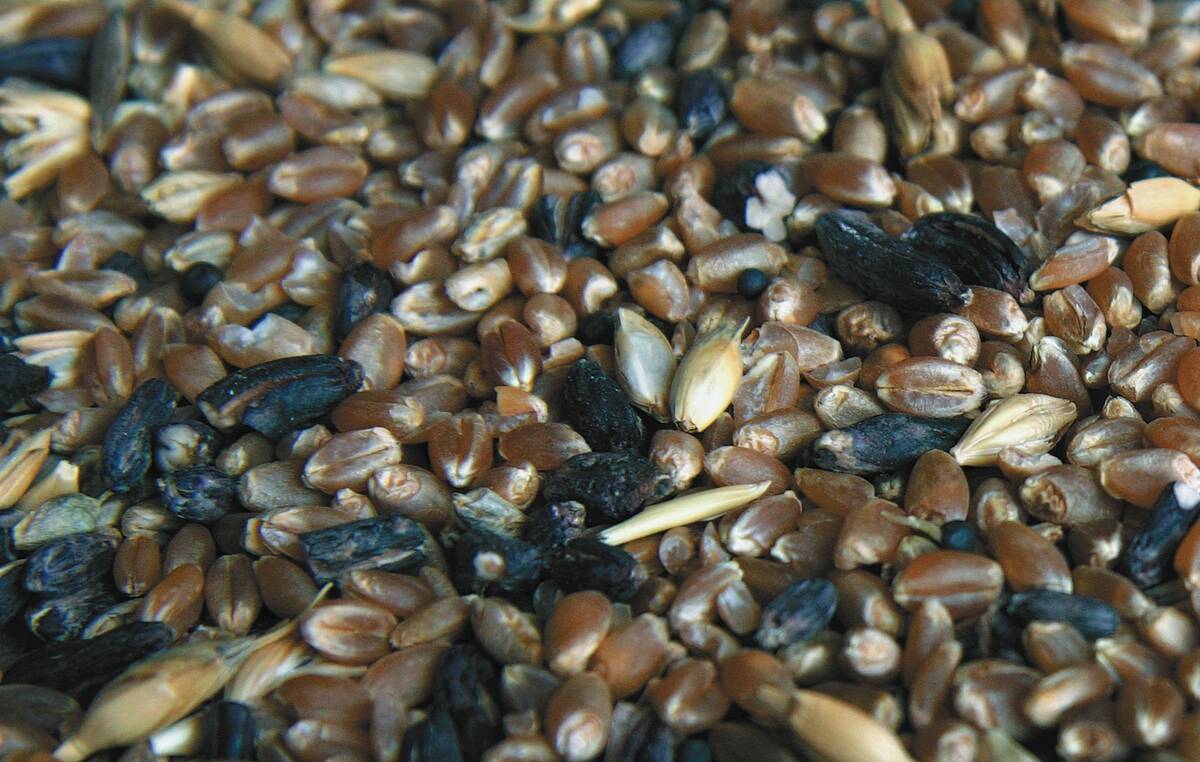
That makes the dark, fungal sclerotia that are a hallmark of ergot an increasingly problematic issue.
Moroccan buyers examine semolina, the flour produced from durum wheat, for dark “specks.”
“Speck counting is often a mandatory quality control parameter, which ensures that the semolina meets customer specifications,” the Canadian Grain Commission said in a 2022 report on ergot in Canadian crops.
“The physical presence of the dark-coloured sclerotia … can negatively influence consumers’ acceptance of semolina and finished products.”
Ergot contamination on the rise
Ergot typically isn’t a significant threat to durum production in most years, but the grain commission report indicates that ergot occurrence has been rising since approximately 2010.
Between 1995 and 2009, ergot incidence (percentage of plants with symptoms) averaged 2.9 per cent in durum. The average incidence jumped to 13.1 per cent from 2010-20.
Additionally, durum wheat has a strict grading tolerance for ergot at just 0.02 per cent of net weight, creating a genuine concern that producers may face downgrading at elevator facilities.
With files from Robert Arnason. Updated July 23, 2025.

